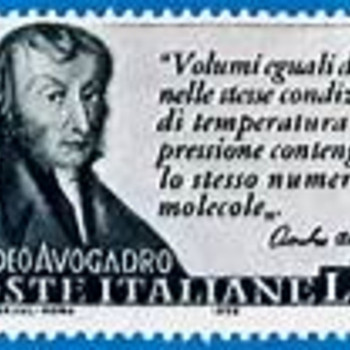Chemists typically deal with #"litre"# quantities of gases, and typically measure #"pressure"# in units of #"atmospheres"#. Of course, both physicists and chemists tend to use #"degrees Kelvin"# as units of absolute temperature (mind you, there is a #"Rankin"# scale).
Given this, for chemists, #R# is typically used as #0.0821*L*atm*K^-1*mol^-1#. There are other conventions, notably, #R=8.31*J*K^-1*mol^-1#, which requires volumes in #m^3#. All of the gas constants, and their units, should be supplied to you in an exam as supplementary material.

